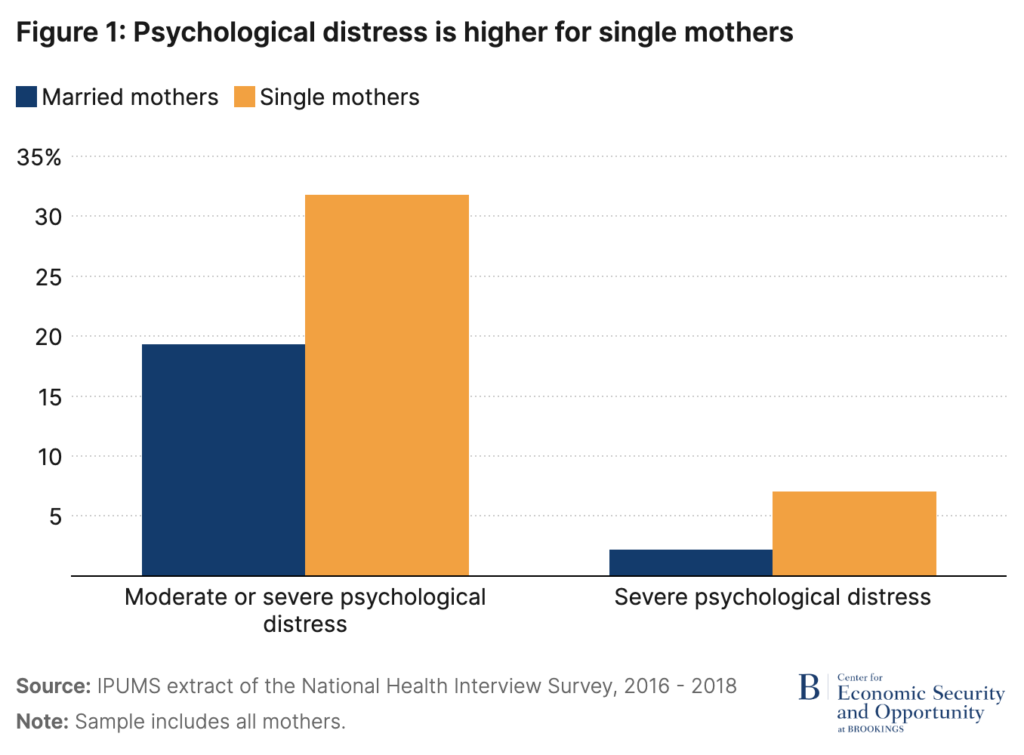Bonjour! Here’s your PolicySphere morning briefing! If you were forwarded this, here’s more about who we are and what we’re doing and, of course, don’t forget to sign up.
ICYMI: Yesterday we published an exclusive interview with Edmund Burke Foundation Executive Director Saurabh Sharma going over the events of the NatCon Brussels conference last week, which the far left Brussels Mayor tried to shut down using political threats and police.
We are enjoying this interview series. As always, let us know what you think.
Here are some of our previous interviews: Florida Senator Marco Rubio, Anti-Monopoly activist and researcher Matt Stoller, and Tom Shakeley of Americans United For Life.
On to your beloved policy links…
#TheEconomy – Very interesting from the Mises Institute, pointing to the discrepancy between GDP figures and Gross Domestic Income. GDI is the sum of wages, profits, interest payments and investments; in theory, it should be equal to GDP, since it measures the “other side” of the transactions that GDI measures. (Here’s a primer from the St Louis Fed on GDP vs GDI in case you need a refresher.) However, Mises’ Daniel Lacalle points out, “[t]he divergence between headline GDP and [GDI] is staggering. While GDP suggests a strong economy, GDI reveals a stagnant economy. Both measures used to follow a similar pattern, but this changed drastically in 2023. While GDP rose 2.5% in 2023, GDI only bounced 0.5%, effectively signaling economic stagnation.” Why? Here’s his explanation: “How can an economy be stagnant with 2.5% GDP growth? Here is the failure of Keynesianism in all its glory. Headline aggregated figures are optically strong due to the accumulation of debt, and employment figures are bloated by government jobs, disguising a struggling private sector and a weakening purchasing power of the currency.” Standard Austrian fare, yes. But in the current context, it has at least part of the ring of truth, doesn’t it?
#TheEconomy – Another sign that the economy may be worse than headline numbers suggest: more corporate layoffs: More than 1000 at Bristol Myers Squibb, 600 at Lumen Technologies. According to economics research firm MacroEdge, they add up to more than 80,000 just this month.
#Regulation – Maybe a hint of what’s wrong? According to American Action Forum, this week is the “biggest week on record” in terms of new regulations. “Across all rulemakings, agencies published $875.3 billion in total costs and added 4.7 million annual paperwork burden hours.” More at the link. Looks like a good time to link to CEI’s case for a regulatory budget again.
#Infrastructure – Rail nerds rejoice! Today, private rail company Brightline broke ground on their high-speed rail link between Los Angeles and Las Vegas. The $12 billion project includes $6 billion of government subsidies. (Speaking of Keynesianism…) This would be the first “true” high-speed rail connection in the US, going as fast as French or Japanese bullet trains. Trains are exciting and cool, and there is certainly a case for modernizing American transport infrastructure, but what too may US advocates seem to miss is that trains only make sense in places with very high population density, which is not the case of most of the continental United States, unlike Western Europe. The simple reality is that the United States is a much bigger place than Western Europe.
#Infrastructure – Is rural broadband less sexy than high-speed rail? Think again, because today we are discussing poles. (We apologize for this terrible pun.) But seriously: Doug Holtz-Eakin points out that the $42.45 billion Broadband Equity, Access, and Deployment (BEAD) program might run into a pole. Here’s the long and short of it: “To deploy broadband to unserved households, the fiber optic cable or wire has to travel the same route to a house as the telephone or electricity, which means that the broadband provider has to attach its equipment to those very same poles. This, in turn, raises two issues: (a) How much can the telephone/electric utility charge the provider for access to its poles? and (b) How fast does the utility have to get the poles ready for additional attachments? Notice that either could completely blow up a broadband deployment by making it prohibitively expensive or taking too long to accomplish.” As you can see, the issue with poles is hard. This is the problem when you ram through a new policy without enough thought. Anyway, it’s actually fascinating. Here’s more.
#Trade – The White House has called on the US Trade Representative to “consider” tripling the existing Sec. 301 tariffs on Chinese steel. Link.
#Nukes #Infrastructure – Self-recommending: on the American Compass podcast, Oren Cass talks to Foundation for American Innovation’s Tomas Hochman about nuclear energy and the future of American energy generally.
#DEI – Chris Rufo exposes yet more egregious academic plagiarism in the service of DEI, this time from a top administrator at UCLA. American universities used to be the envy of the world, now they are a punchline.
#Race #AntiSemitism – You may have seen something about the anti-semitic incidents at Columbia University yesterday. Rabbi Yaakov Menken goes over it in an interview with the Family Research Council.
#GoodGerms – A fascinating, understudied topic: good germs. From the health benefits of raw milk, to increased awareness of the importance of gut microbiome to health, to the damage sterilization does to children’s developing immune systems, more people are growing aware that germaphobia is bad for you and that humans were designed to co-exist with good germs. (Another area where France is well ahead of the US.) Steve Templeton, who is a Senior Scholar at the Brownstone Institute and an Associate Professor of Microbiology and Immunology at Indiana University School of Medicine – Terre Haute, wrote an entire book about this, and we recommend this fascinating article.
Chart of the Day
From Brookings: single mothers experience higher rates of psychological distress.

Meme of the Day

